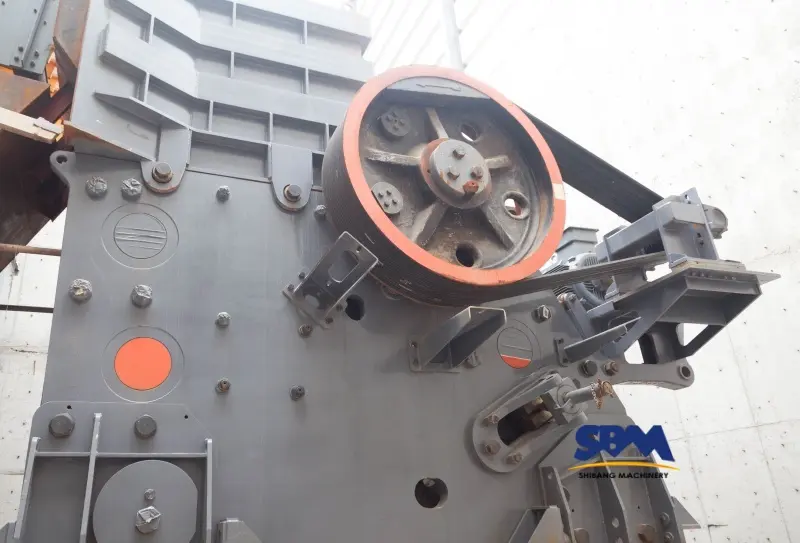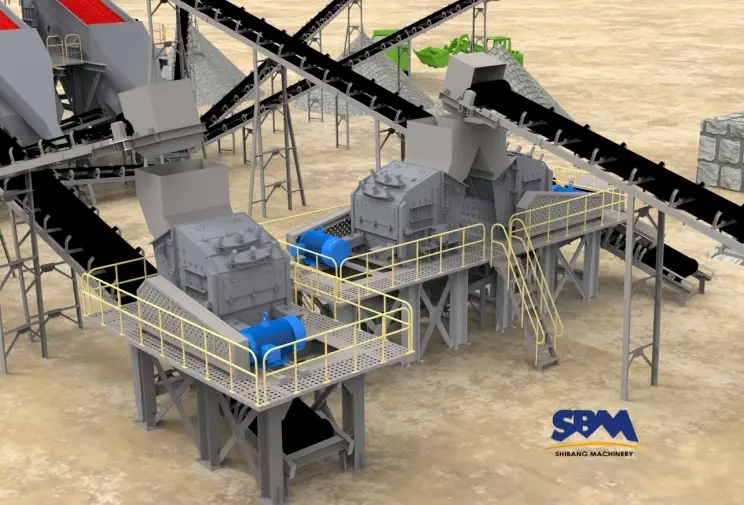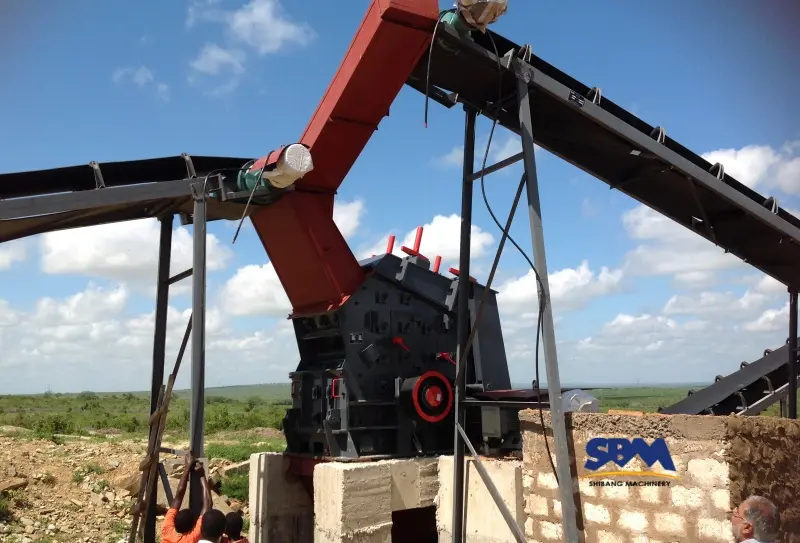Email: [email protected]
Copper Ore Crusher
Copper ore is a mineral found in nature that has a range of applications in electronics, construction and transportation, among others. We have to process copper ore to extract copper metal. Crushing the ore is one of the first processes in the processing of copper ore.
Copper ore crushers reduce the size of copper ore for easier processing. There are three types of copper ore crushers: jaw crushers, cone crushers and impact crushers. Each type of crusher has distinct properties and is utilized at various stages of the crushing process.
Comparison of Different Types of Copper Ore Crushers
In this part, we will compare the different types of copper ore crushers and their advantages and disadvantages.
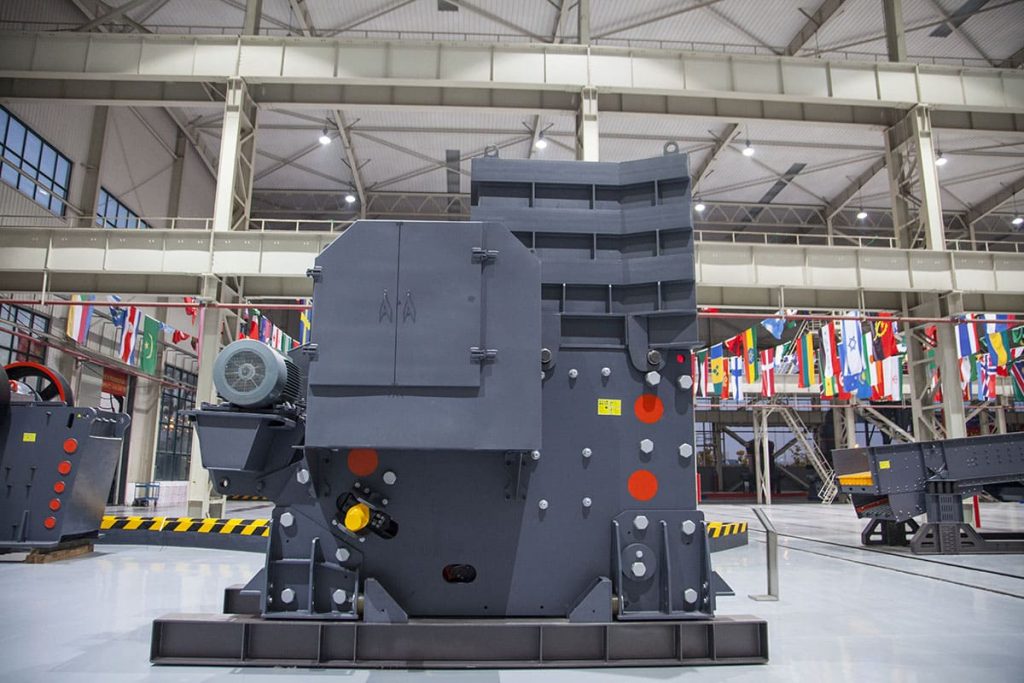
Jaw Crusher
The most popular type of primary crusher used in mining and ore processing is the jaw crusher. They can reduce huge boulders to smaller parts for subsequent processing. Jaw crushers are simple to use and have a basic design. They are also less costly when compared to other types of crushers. They have a poor processing capacity, however, and are not appropriate for breaking hard rocks.
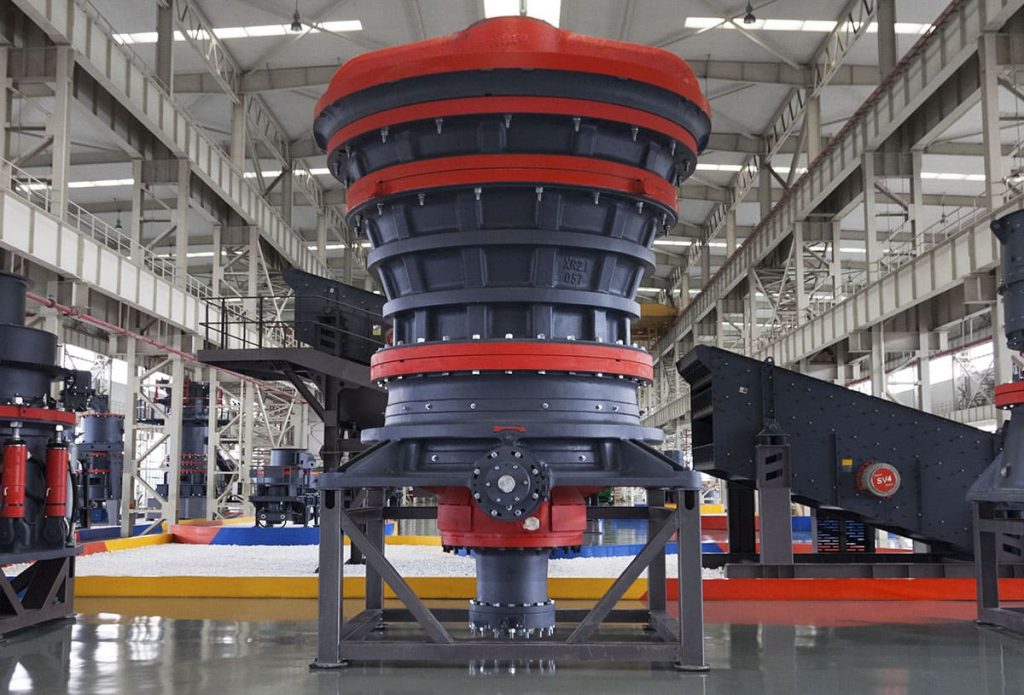
Gyratory Crusher
Gyratory crushers are similar to jaw crushers in terms of design and operation. However, they have a larger crushing chamber and a higher processing capacity. Gyratory crushers are ideal for crushing hard and abrasive materials. They are also more expensive than jaw crushers and require regular maintenance.
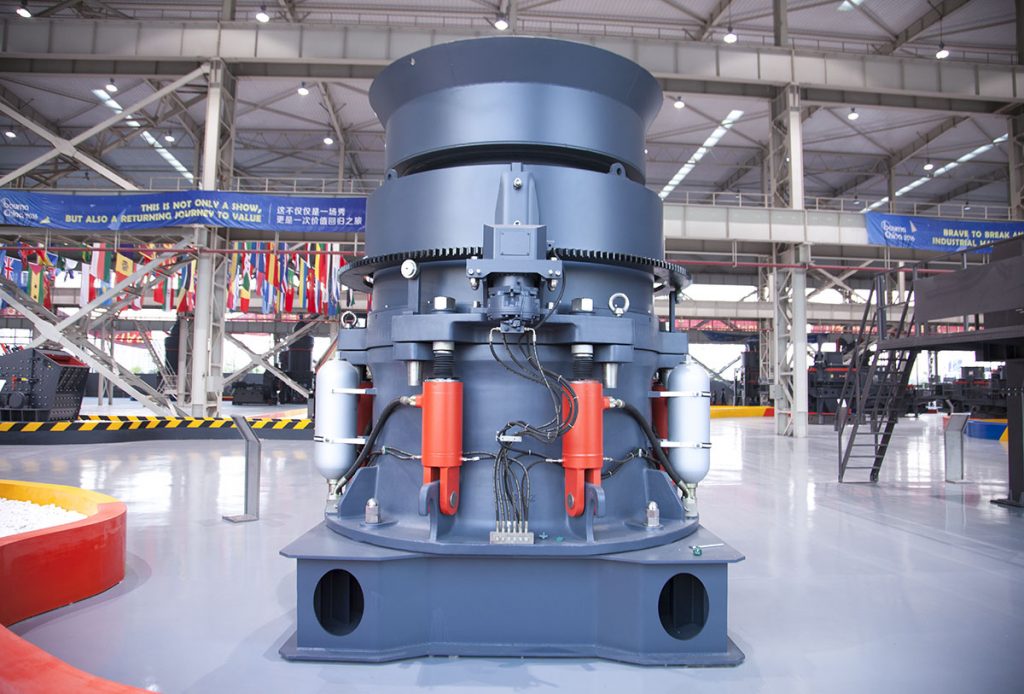
Cone Crusher
In terms of design and function, gyratory crushers are comparable to jaw crushers. They do, however, feature a bigger crushing chamber and a greater processing capacity. Gyratory crushers are good for crushing abrasive and hard materials. They are much more expensive than jaw crushers and we have to have it serviced regularly.
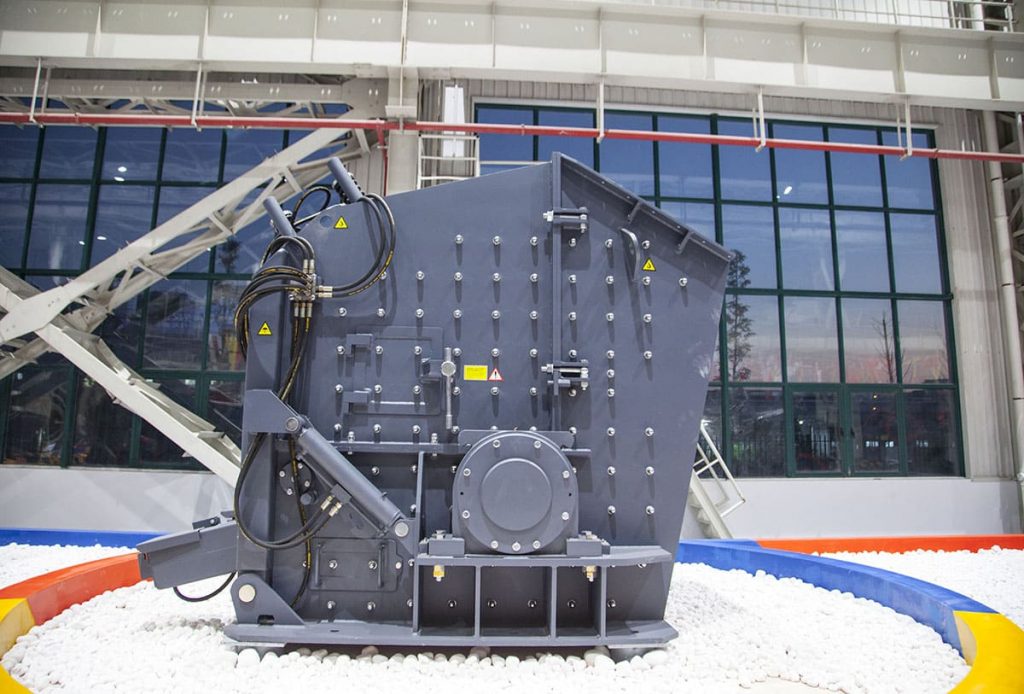
Impact Crusher
The impact crusher can complete primary, secondary and tertiary crushing. They have a large capacity and are more suitable for crushing soft and medium hard materials. Impact crushers are also less costly than other types of crushers. They are not, however, appropriate for breaking hard rocks and require constant maintenance.

Hammer Crusher
Hammer crushers can perform primary, secondary and tertiary stages of crushing. They have a large processing capacity and are more suitable for crushing soft and medium-hard materials. Hammer crushers are also less costly than other types of crushers. They are not, however, appropriate for breaking hard rocks and require constant maintenance.
Finally, there are various types of copper ore crushers on the market, each with its own set of advantages and disadvantages. The most popular type of primary crusher used in mining and ore processing is the jaw crusher. Gyratory crushers are good for crushing abrasive and hard materials. Cone crushers are good for crushing abrasive and hard minerals such as copper ore. Impact crushers are excellent for soft and medium-hard materials. Hammer crushers are excellent for soft and medium-hard materials. It is critical to consider the type of material being crushed, the processing capacity required, and the maintenance needs when selecting a crusher.
How to Choose the Right Copper Ore Crusher for Our Mining Site
Choosing the right copper ore crusher for our mining site is critical for increasing output while decreasing downtime. Here are some things to think about while choosing a copper ore crusher:
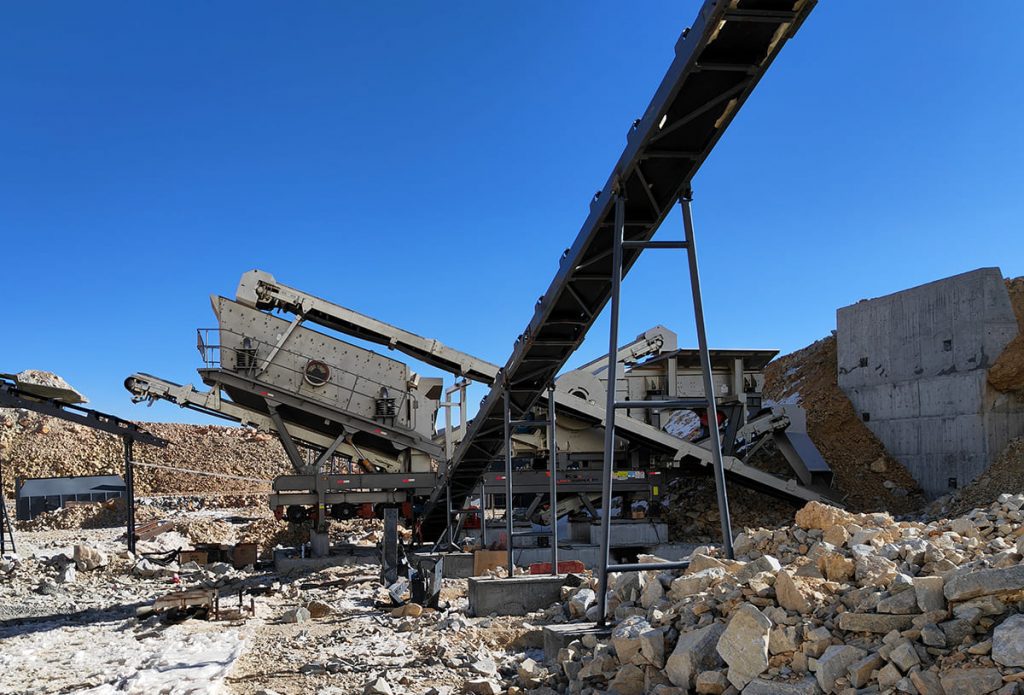
- Size of the copper ore: The size of the copper ore will influence the type of crusher used. Jaw crushers are generally suitable for larger ores, while cone crushers and impact crushers are more suitable for smaller ores.
- Type of copper ore: The type of copper ore will also impact the crusher selection. Chalcopyrite and bornite, for example, are both sulfide ores, which are harder and more abrasive than oxide ores such as malachite and azurite. In this case, we need a more robust and durable crusher.
- Capacity requirements: The type of crusher we need will depend on the capacity requirements of our mining location. A greater capacity crusher will be necessary if we have a high-volume location.
- Operating expenses: When choosing a copper ore crusher, we must consider the operating cost. This covers the cost of the crusher as well as the price of maintenance and repair. Look for a crusher that is affordable in terms of both the original purchase price and the long-term operational costs.
- Environmental considerations: When buying a copper ore crusher, we must also consider environmental regulations. Look for a crusher that is environmentally friendly and reduces dust and noise pollution.
- Accessibility: Finally, take into account the crusher’s accessibility. Is it transportable to the mining site? Is it simple to maintain and repair on-site?
To summarize, selecting the correct copper ore crusher for our mining location necessitates careful evaluation of aspects such as ore size and type, capacity needs, operating costs, environmental issues, and accessibility. By considering these characteristics, we may pick a crusher that will optimize productivity while minimizing downtime on our mining site.
Maintenance Tips for Copper Ore Crusher
Regular maintenance can maintain the life of our copper ore crusher. Here are some ideas for maintaining our copper ore crusher:
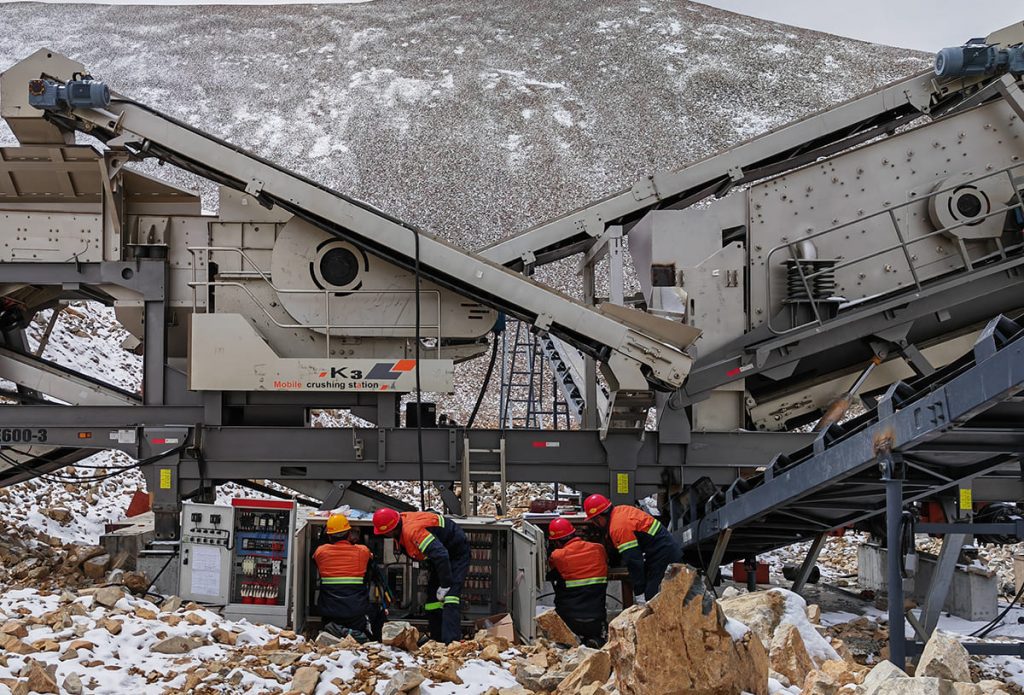
- Lubricate the bearings of the copper ore crusher on a regular basis to prevent friction and wear. Use the appropriate lubricant and apply it according to the manufacturer’s recommendations.
- Examine for wear: Inspect the worn parts of the copper ore crusher on a regular basis, such as the jaw plates, mantle, and bowl liner. If they exhibit symptoms of wear or damage, replace them.
- Tighten bolts and nuts: To ensure that the crusher is safe and stable, check and tighten all bolts and nuts on a regular basis.
- Keep an eye on the temperature of the copper ore crusher since high temperatures might cause harm to the equipment. Check that the cooling system is working correctly.
- Clean the copper ore crusher on a regular basis to minimize dust and grime accumulation, which can cause blockages and damage.
- Use the proper settings: Check that the copper ore crusher is properly set up according to the manufacturer’s instructions. Inefficient crushing and early wear might result from incorrect settings.
- Train operators: To ensure correct and careful use of copper ore crushers, we need to train operators in proper use and maintenance.
In conclusion, frequent maintenance is critical to the longevity of our copper ore crusher. periodically lubricate, inspect for wear, tighten bolts and nuts, monitor temperature, clean periodically, utilize right settings, and teach personnel on proper usage and maintenance. We can keep our copper ore crusher functioning smoothly and effectively for years by following these maintenance guidelines.
Application of Crushed Copper Ore
Crushed copper ore is a valuable resource that may be put to use in a variety of ways. Here are some popular applications for crushed copper ore:
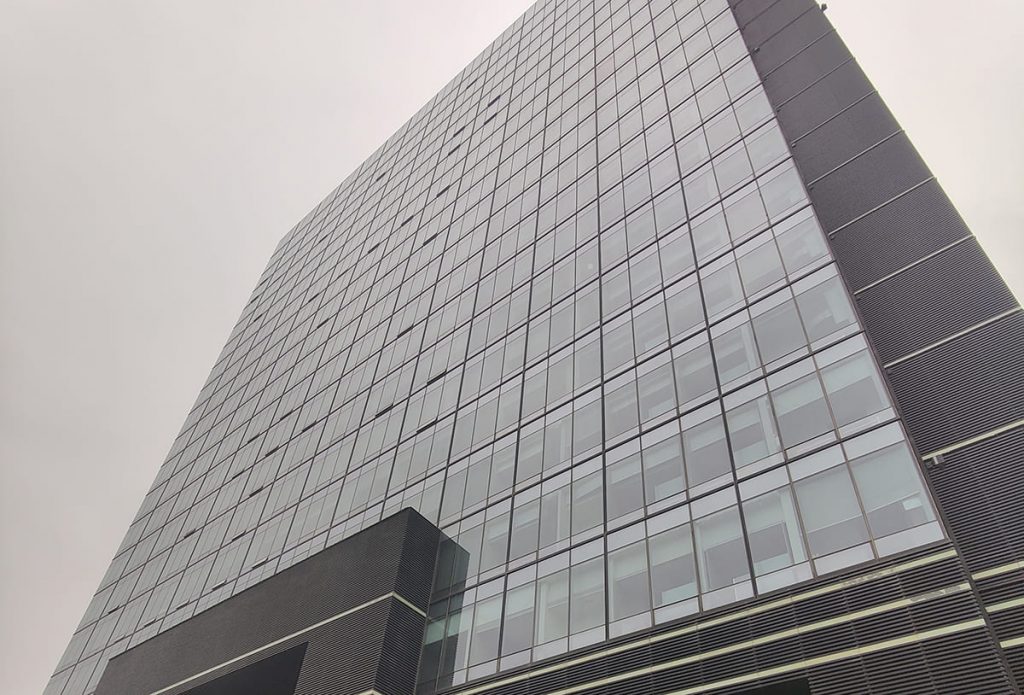
- Copper extraction: The major use of crushed copper ore is copper extraction. Typically, we mix crushed ore with water and chemicals to form a slurry, which we then process to extract copper from other minerals.
- Construction: Crushed copper ore is suitable for various construction applications. We can use it as roadbed, drainage material or backfill material for retaining walls.
- Agriculture: Copper is an important nutrient for plants. Crushed copper ore can be a fertilizer that provides copper to plants.
- Manufacturing: Copper is useful in a wide range of manufacturing applications, including wire, pipe and electronics. Crushed copper ore can be the raw material for making copper products.
- Art: Crushed copper ore may be utilized as a decorative material in sculpture and art. It may be crushed and used as an accent in a variety of artistic endeavors.
- Research: Crushed copper ore is used in laboratory studies to investigate the characteristics and behavior of copper and other minerals.
In conclusion, crushed copper ore is a versatile substance with several applications. It is most often employed in copper extraction, although it may also be found in building, agriculture, industry, art, and research.
Headquaters Office
Whatsapp:+8615225176731
Email: [email protected]
Address: No. 1688, Gaoke East Road, Pudong new district, Shanghai, China.
Website: https://www.mill-sbm.com/
Article Contents
Recent Posts
- Jaw Crusher for Limestone Processing: A Guide to EfficiencyAs limestone is widely used in construction and industry, its processing requires strong and durable jaw crusher to meet the needs of the industry. Among the many crushers, the jaw…
- Impact crusher with 300 TPH for large projectsWhen mining giants face mountains of iron ore or urban demolitions generate concrete avalanches, 300 TPH impact crusher emerges as material-processing titans. Beyond basic specs, we dissect how these industrial…
- Affordable Impact Crusher: A Game-Changer for Small Construction BusinessesSmall construction companies often face budget constraints, yet need reliable equipment – an affordable impact crusher. This crusher can bridge the gap, providing efficient material processing without a huge capital…

